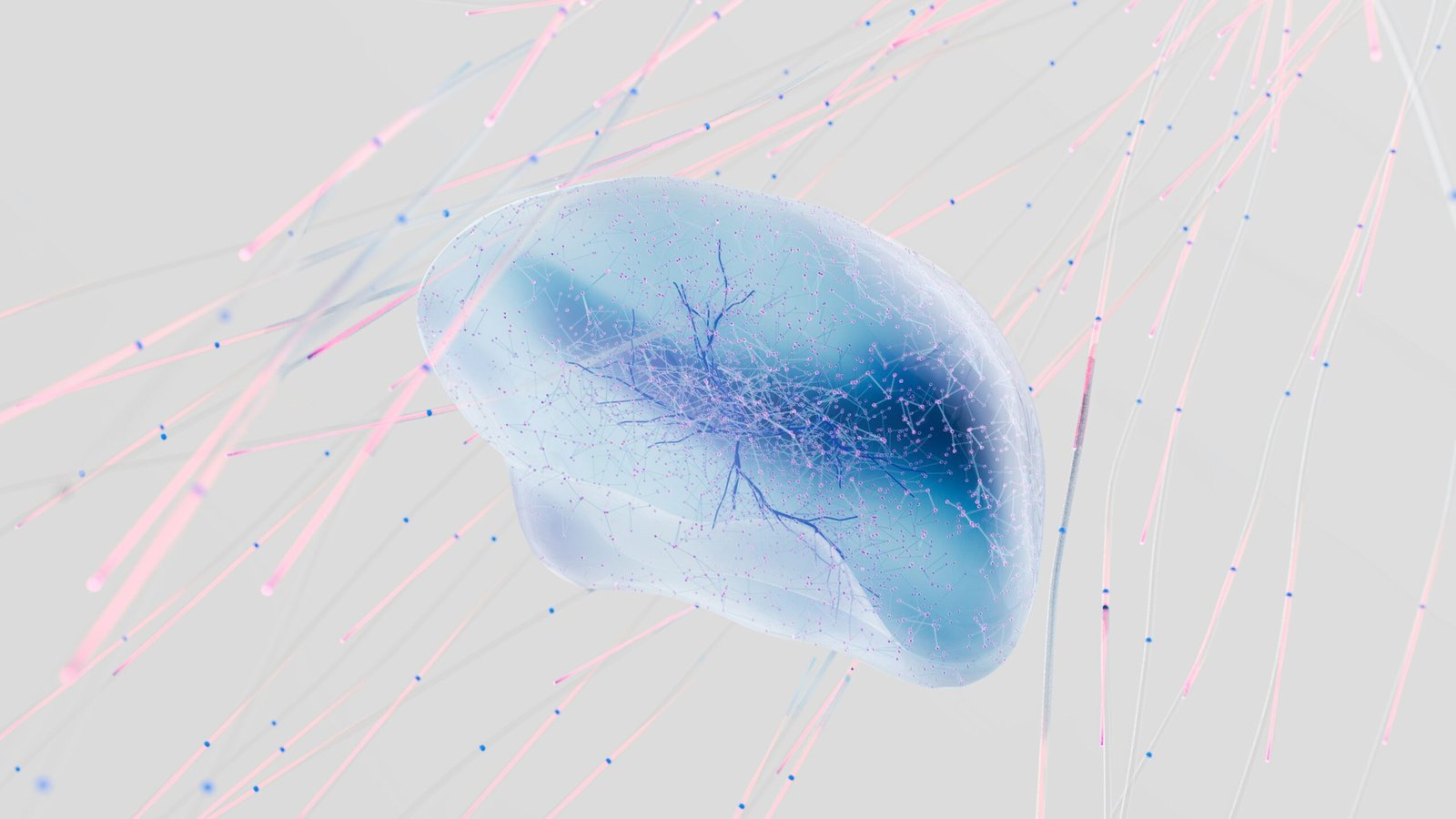Motivation is the spark that fuels our goals, from tackling a new project to sticking with a fitness routine. But what’s happening in our brains when we feel that surge of drive—or when it fizzles out? Neuroscience offers fascinating insights into why we get motivated, how we stay on track, and what we can do to harness this powerful force for self-improvement. Let’s dive into the brain science behind motivation and explore practical ways to tap into it for better mental health.
The Brain’s Motivation Engine: Dopamine Takes the Wheel
At the heart of motivation lies dopamine, a neurotransmitter often dubbed the brain’s “reward chemical.” Dopamine doesn’t just make us feel good—it’s a key player in the brain’s reward system, which includes regions like the ventral tegmental area (VTA), nucleus accumbens, and prefrontal cortex. When we anticipate something rewarding, like crushing a work presentation or savoring a favorite meal, the VTA releases dopamine into the nucleus accumbens, creating a sense of pleasure and reinforcing the behavior that got us there.
But here’s the kicker: dopamine isn’t just about the reward itself. Studies, like those from neuroscientist Kent Berridge, show dopamine spikes before we achieve our goal, during the anticipation phase. This means motivation is less about the finish line and more about the excitement of chasing it. Ever notice how planning a vacation feels almost as thrilling as the trip itself? That’s your dopamine system revving up.
Intrinsic vs. Extrinsic Motivation: A Neural Tug-of-War
Not all motivation is created equal. Neuroscientists distinguish between intrinsic motivation (doing something for its own sake, like painting because you love it) and extrinsic motivation (driven by external rewards, like working overtime for a bonus). The brain processes these differently.
Intrinsic motivation heavily engages the anterior insular cortex, a region tied to personal satisfaction and self-awareness. A 2018 study in Nature Communications found that when people pursue goals they genuinely care about, this area lights up, fostering a sense of purpose that sustains effort over time. Extrinsic rewards, meanwhile, lean on the brain’s orbitofrontal cortex, which evaluates tangible payoffs. The catch? Over-relying on external rewards can dampen intrinsic drive, a phenomenon called “overjustification.” For example, kids paid to read may lose their love for books if the cash stops coming.
This matters for mental health because intrinsic motivation is linked to lower stress and greater resilience. When we chase what aligns with our values, our brains release less cortisol (the stress hormone) and more feel-good chemicals like serotonin, creating a virtuous cycle of well-being.
The Role of the Prefrontal Cortex: Your Brain’s CEO
While dopamine sets the mood, the prefrontal cortex (PFC) is the brain’s executive planner, keeping motivation on track. The PFC helps us set goals, weigh options, and resist distractions—like scrolling social media instead of studying. It’s especially active during “effortful” motivation, when we push through tasks that aren’t immediately rewarding.
But the PFC isn’t infallible. Stress, poor sleep, or low glucose levels can weaken its grip, leaving us prone to procrastination. A 2020 study in The Journal of Neuroscience showed that chronic stress shrinks PFC connectivity, making it harder to stay disciplined. This is why self-care—sleep, nutrition, mindfulness—isn’t just fluff; it’s fuel for sustained motivation.
When Motivation Falters: The Neuroscience of “Meh”
We’ve all hit a wall where motivation just… vanishes. This often ties to a dip in dopamine signaling or an overactive amygdala, the brain’s fear center. When the amygdala senses failure or rejection, it can override the reward system, making us avoid tasks altogether. This is common in conditions like depression, where studies show reduced dopamine receptor sensitivity in the nucleus accumbens, dulling the brain’s response to rewards.
Perfectionism can also sabotage motivation. The brain’s anterior cingulate cortex, which monitors errors, goes into overdrive when we obsess over getting things “just right.” This creates a neural bottleneck, stalling action. Recognizing these patterns can help us reframe setbacks as part of the process, easing the amygdala’s grip and rebooting our drive.
Hacking Your Brain for Better Motivation
So, how can we use neuroscience to supercharge motivation and support mental health? Here are five evidence-based strategies:
- Set “Approach” Goals: Frame goals as things you’re moving toward (e.g., “I’ll learn five new guitar chords”) rather than things to avoid (e.g., “I won’t suck at guitar”). A 2017 study in Psychological Science found approach-oriented goals boost dopamine release, enhancing drive.
- Break It Down: Large goals overwhelm the PFC. Split tasks into bite-sized steps to trigger small dopamine hits along the way. Finishing a single paragraph of a report? That’s a win your brain will celebrate.
- Curate Your Environment: Dopamine thrives on cues. Surround yourself with reminders of your goals—a vision board, a motivating playlist, or even a tidy desk. A 2019 study in Frontiers in Human Neuroscience showed visual cues enhance PFC activation, keeping you focused.
- Practice Self-Compassion: Beating yourself up for slipping derails motivation. A 2021 study in Emotion found self-compassion reduces amygdala activity, calming fear-driven avoidance and freeing up mental energy for action.
- Chase Meaning, Not Just Rewards: Align tasks with your values to tap into intrinsic motivation. Love helping others? Volunteer or mentor. A 2023 meta-analysis in Neuroscience & Biobehavioral Reviews confirmed that value-driven goals sustain motivation longer than extrinsic ones.
Motivation as a Path to Mental Health
Understanding the neuroscience of motivation isn’t just about getting stuff done—it’s about building a life that feels meaningful and manageable. When we work with our brain’s wiring, we can cultivate habits that reduce stress, boost resilience, and foster a sense of purpose. Motivation isn’t a finite resource; it’s a skill we can nurture by tapping into dopamine’s spark, supporting our PFC’s planning, and aligning with what lights us up inside.
So, what’s one small step you can take today to ignite your brain’s motivation engine? Your neurons are ready to cheer you on.

Leave a Reply